A couple of years ago, I very loudly recommended the GameSir X2 Android gamepad as the quintessential way to play and experience Xbox Cloud Gaming. And honestly, for those on a tighter budget, it still is arguably one of the best controllers out there.
Naturally, I was excited to hear GameSir was returning with an updated version, dubbed the X3. The company just finished a funding round for the controller, which has now started making its way onto Amazon and other storefronts.
The GameSir launches in the same month against the Razer Kishi V2. And while Razer went for refinements on their existing design, GameSir X3 went in an entirely different direction, and honestly, the results are a bit mixed.
This is the GameSir X3 gamepad, designed for Android gaming and cloud services like Xbox Game Pass and Amazon Luna. How does it stack up in this increasingly competitive space, and will it become one of our picks for best controller for cloud gaming? Spoilers: probably not.
GameSir X3: Price and availability
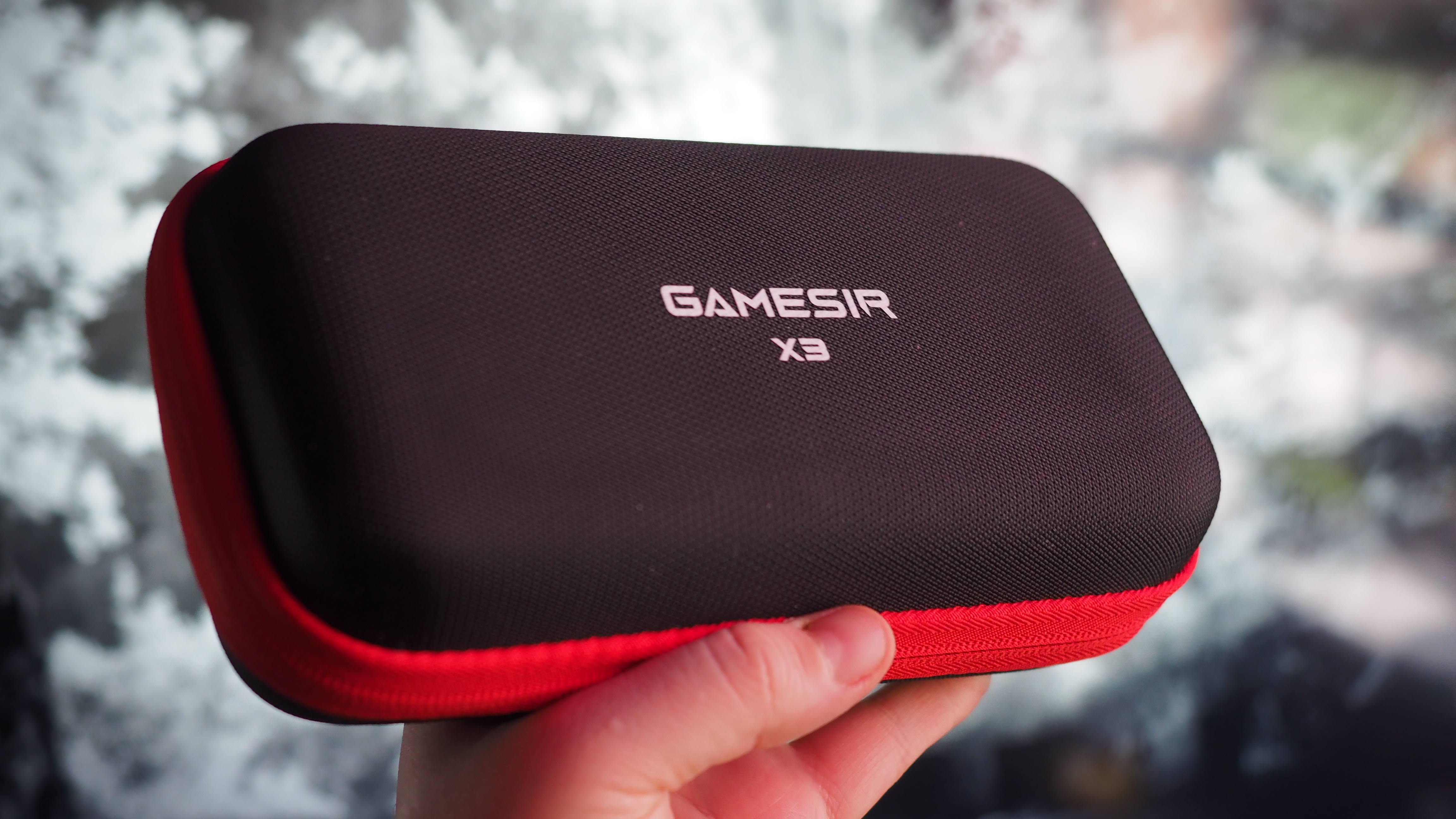
The GameSir X3 is available at Amazon US and is gradually making its way out to other storefronts as time goes on. The package costs $99 in total, and comes with a hard-shell carry case, large USB-C cable, swappable joystick covers, and the clamp-style gamepad itself.
Is it worth your money? Read on to find out.
GameSir X3: The good stuff
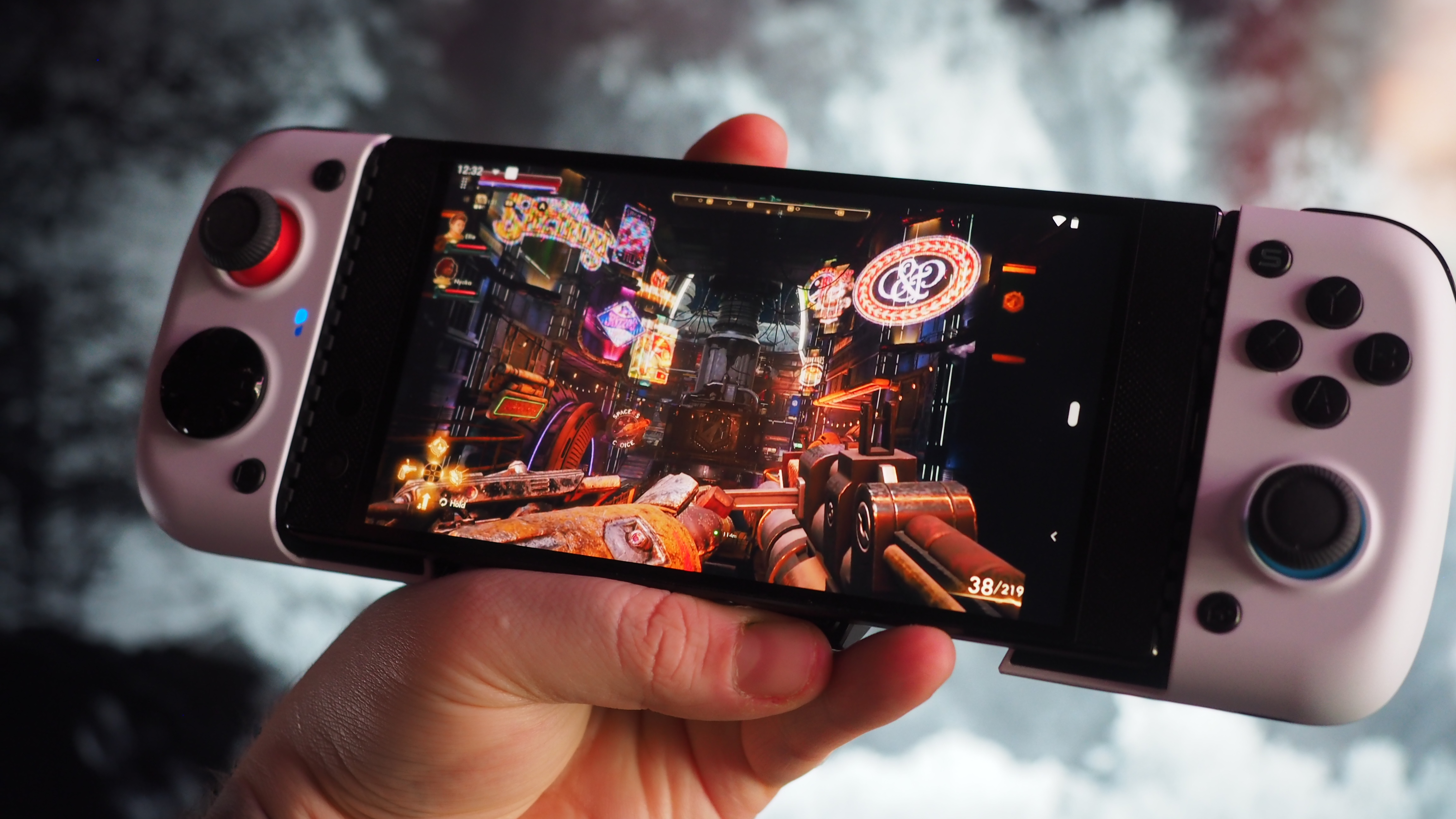
Comparing the X3 to the X2, it’s immediately apparent that refinements have been made here and there. The X2 already had great buttons and triggers, but the X3 elevates every angle of the controller in both subtle and not-so-subtle ways.
The joysticks have a range of rubber covers in the box you can swap in and swap out to customize your experience. They also have great action, and come close to what you’d expect to find on an official Xbox controller. The buttons and triggers sell a similar story, with decent travel and reliable actuation. The triggers especially are pleasant to use, with a refined incline that helps with rapid pulls, with an accompanying (and satisfying) click upon activation.
The gamepad sports no battery power of its own, but it does have USB-C pass-through power if you need more juice and don’t want to fiddle with disconnecting and reconnecting your phone. Although for those times you do want to remove your phone, the GameSir X3 is among the easiest to work with. The patented USB-C pivot makes it easy to angle devices into and out of the clamp, which is sturdy in its construction, and feels like it could take a lot of punishment.
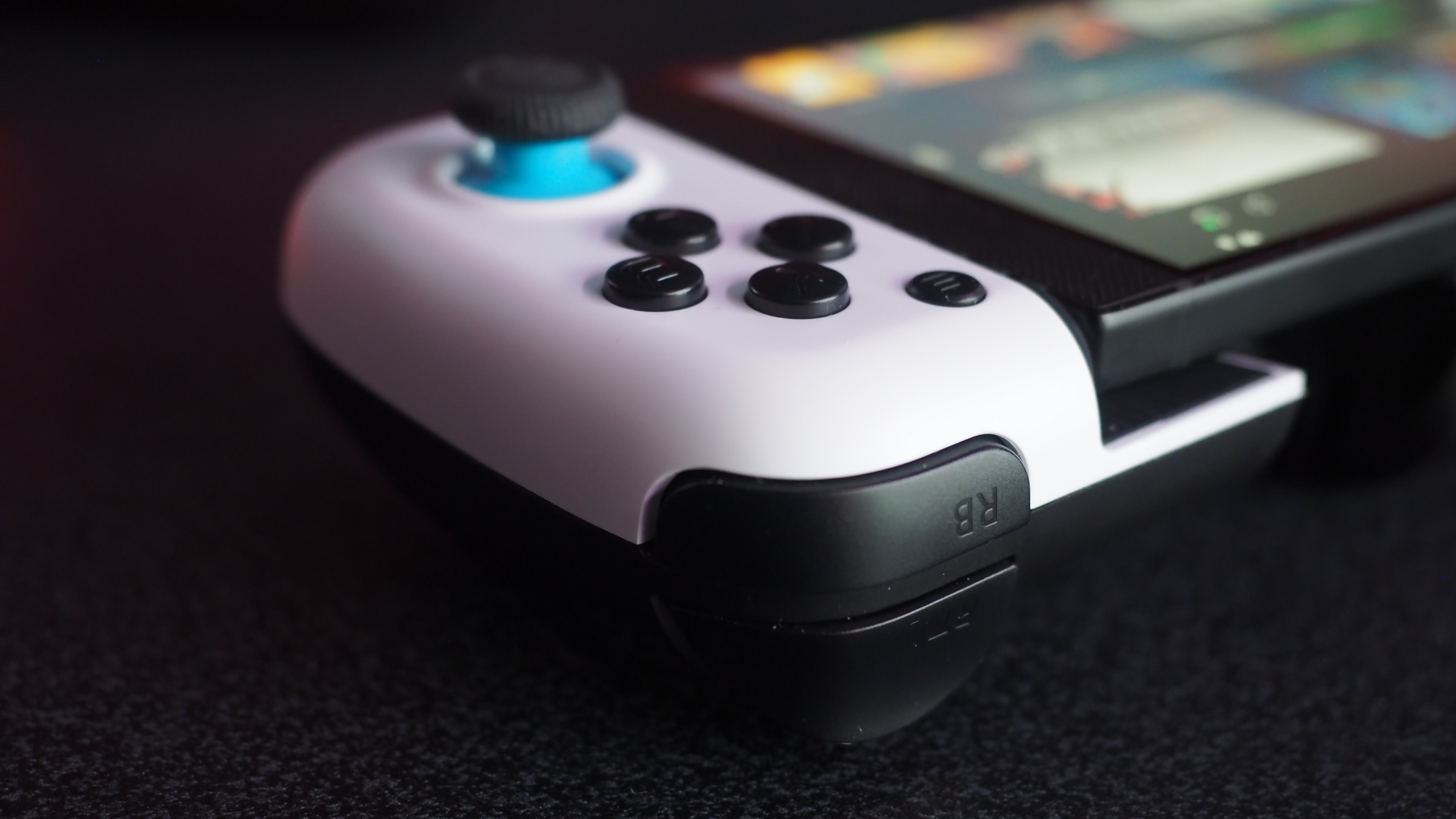
One of the new features that comes with the GameSir X3 is a cooling module, which features a large conductive backplate and a small fan, complete with LED lights for added Gamer™ credibility.
GameSir says that the backplate can reduce phone surface temperatures by as much as 24 Celsius, and while I don’t have a thermal camera to test their claims, anecdotally I can say that it most definitely did keep my phone surprisingly frosty while running native Android games like Diablo Immortal.
Set on ultra graphics with 60 FPS frame cap, Diablo Immortal can cause my Galaxy Fold 3 to get rather toasty, so for those who get hardcore with native games, this could be a great option for you. However, I can’t help but wonder exactly how many people out there are having a particular issue with overheating phones.
Indeed, there are some confusing aspects to the GameSir X3 design overall that makes it a little hard to recommend for most people.
GameSir X3: The bad stuff
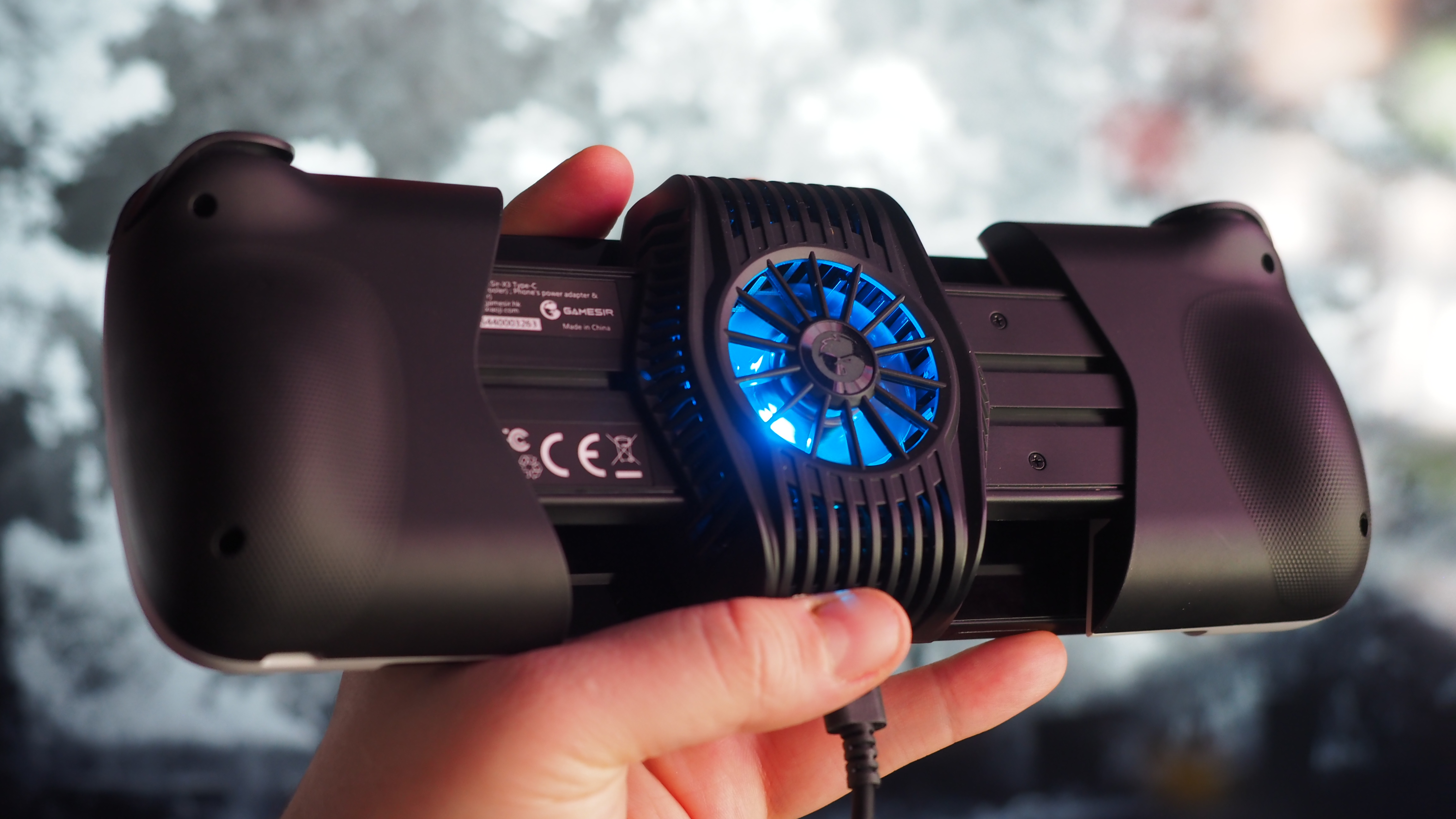
That cooling module is a point of contention for me. While it does its job well, in that it does cool your device down, I can’t help but wonder why? It adds a serious degree of heft to the overall device, making it heavier than a Nintendo Switch with a phone docked into it, which is ultimately not what I want from a handheld device. Furthermore, it requires a separate USB-C power supply to use. If you’re going mobile, the last thing you want is the added irritation of having to keep your device plugged into something. GameSir does include a very long USB-C cable in the box to facilitate exactly that, but it doesn’t include a charger, meaning that in some situations, you’ll have to choose between powering your fan, or powering your smartphone. It’s just not a very smart design.
An additional point of annoyance is the general software experience. I’m not sure if it’s my phones’ fault, but I couldn’t get GameSir’s screenshot and capture button to work on either my Razer Phone 2 or my Galaxy Fold 3. The GameSir app is also pretty awful, with poor information and bad localization in English, making some of its instructions difficult to understand. It does let you map regions of the screen to the GameSir buttons and controls, however, which can really elevate games like Genshin Impact, which typically don’t support gamepads. You can even share and download layouts too to save you from having to set them up yourself. This feature doesn’t help much with Xbox Game Pass, though.
Indeed, previous versions of GameSir controller had the option to switch between Android controls and Xbox-style controls. For some reason, the X3 does not have this option, despite being advertised as a system for use with Xbox Cloud Gaming. The ABXY buttons are inverted, as a result, requiring you to basically re-learn which buttons to press. GameSir’s solution is to offer magnetic buttons that let you move around the letters on the controller, but that is hardly an option when your brain is used to the position of the buttons, not what they’re arbitrarily labeled.
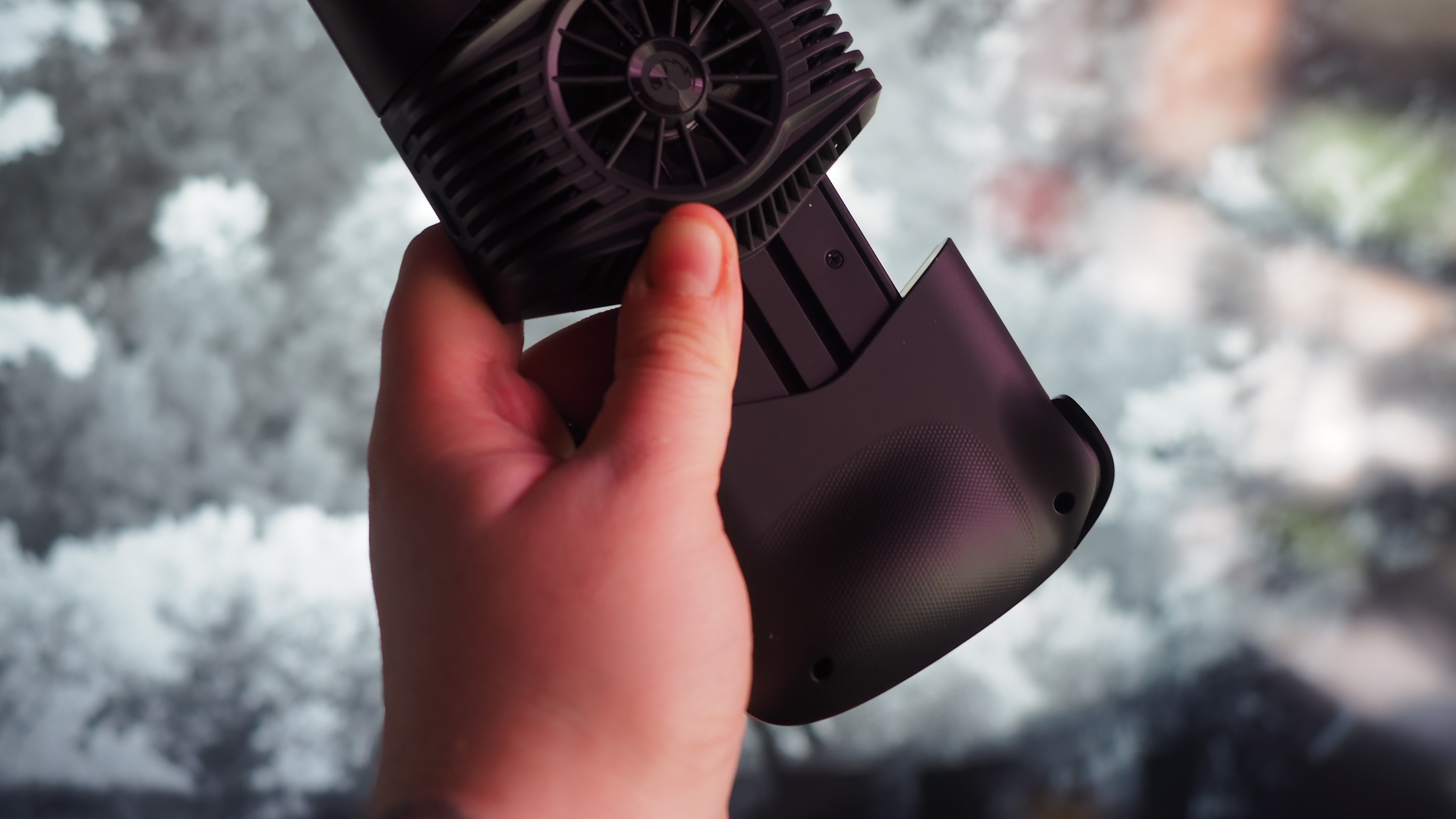
It’s a tad frustrating, especially given that GameSir picked up a lot of fresh competition this year, most of whom only improved their products. GameSir seems to have taken a few steps back with the GameSir X3.
It’s irritating that the cooling module cannot be removed, given that it only serves a purpose for hardcore phone gamers who most likely represent a small portion of the market — those same gamers are probably using a mouse and keyboard input on their phones instead of something like this anyway. It’s also annoying that the fan needs a dedicated power supply, which defeats the whole point of mobility in the first place. The RGB light also serves no purpose whatsoever, and just screams of overthinking rather than good product design.
The app experience is also terrible, with instructions that make little sense, and very few customization features that could fix things like incorrectly mapped buttons.
GameSir X3: Competition
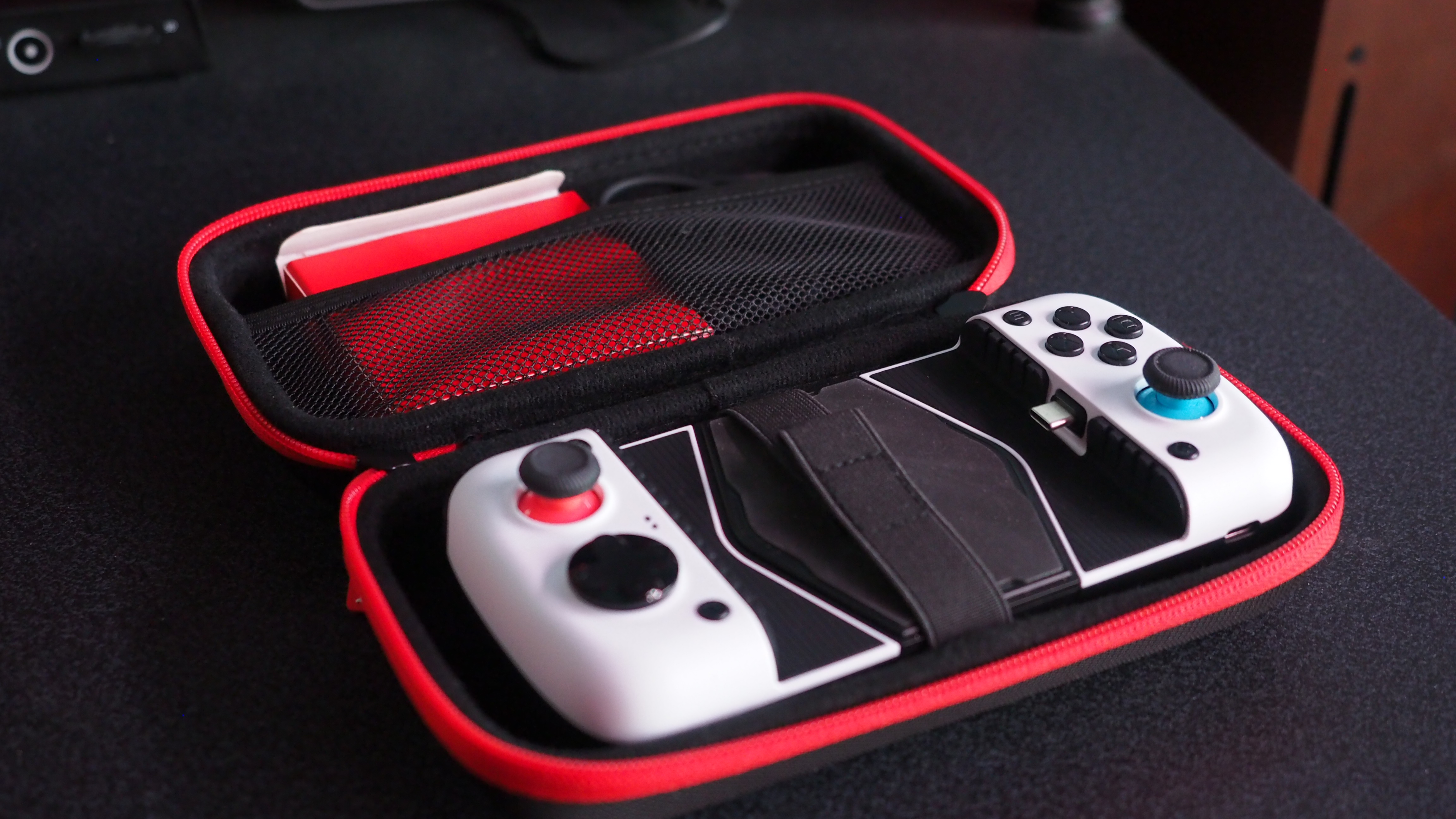
At $99, the GameSir X3 primarily competes with the new Razer Kishi V2, which frankly blows the X3 out of the water. While I do have some reservations about the long-term frailty of the Kishi V2 (the clamp feels a bit flimsy), the lightweight design and ABXY-standardized Xbox button layout make it a clear winner for anyone who wants to use it for Xbox Cloud Gaming, or Android gaming in general.
The X3 may appeal to a small subset of hardcore mobile gamers who want to get as much performance as possible out of their phones, but even then I feel like this could have a more thoughtful design. The X3 is also more expensive than its predecessor by roughly $40, making the GameSir X2 a better option for most.
GameSir X3: Should you buy it?
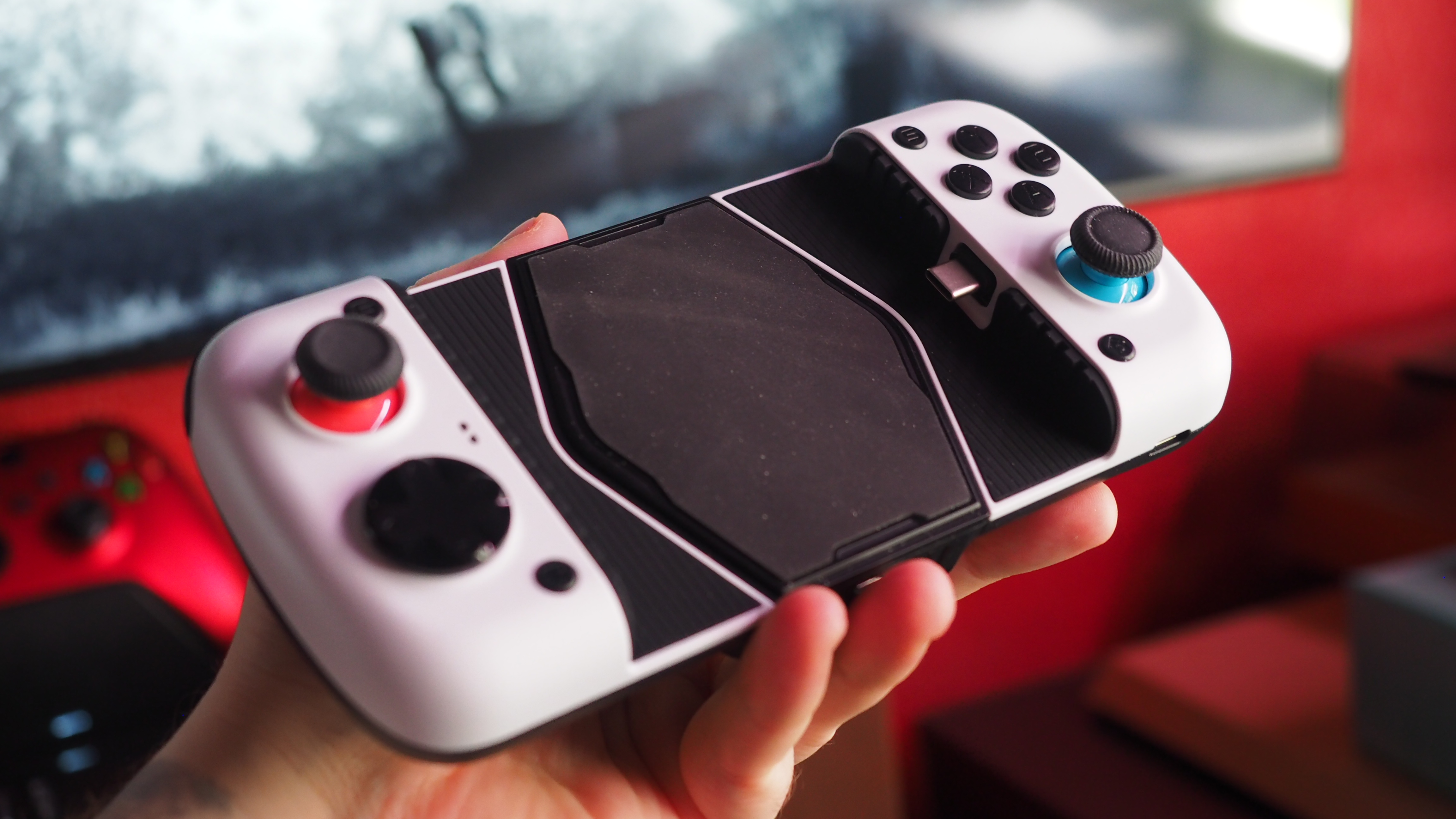
You should buy this if:
– You’re a hardcore mobile gamer who feels like their phone is overheating
– You really want an mobile clip for Android and cloud gaming, and nothing else is available
You shouldn’t buy this if:
– You don’t think you’ll get any value from the cooling module
– You want to use it for Xbox Cloud Gaming, since the buttons cannot be remapped
The GameSir X3 is not a terrible product by any means. The controller does have improved ergonomics, which makes it feel nicer in the hand, and marginal improvements to the triggers and joysticks for good measure. The clamp feels hard-wearing and strong, and should last most users for a very long time.
The main point of contention revolves around its fan, which I just feel is completely unnecessary for the vast majority of users who would consider a product like this. It requires permanent power, which contradicts the entire point of mobility. It would be something if you could somehow detach it, but you can’t.
The real kicker for Xbox gamers is that you cannot remap the ABYX buttons to match a standard Xbox controller layout. Sure, you could remap them per game, but that’s incredibly irritating and laborious to do, especially given the fact GameSir’s previous controller, the X2, did support standard Xbox controls. I’m not exactly sure what went wrong here. However, it’s neat that the GameSir X3 allows you to map touch controls to the screen for games that don’t support gamepads at all, such as Genshin Impact.
This is a solid controller overall for what it’s designed for, but we’re talking about a niche within a niche here, and even then, the downsides are difficult to overlook.
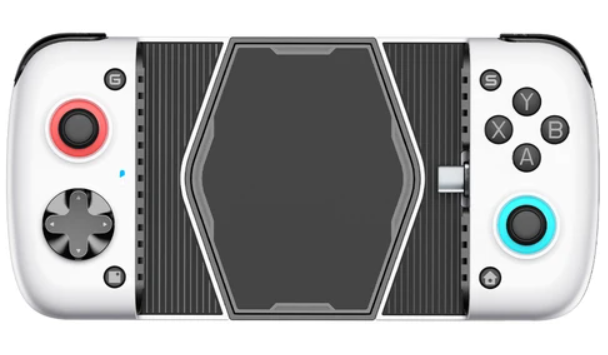
(opens in new tab)
The GameSir X3 nails all the basics, with ergonomic design, with great inputs. However, the beefy cooling module only detracts from the design, the price, and the usability of the product.




